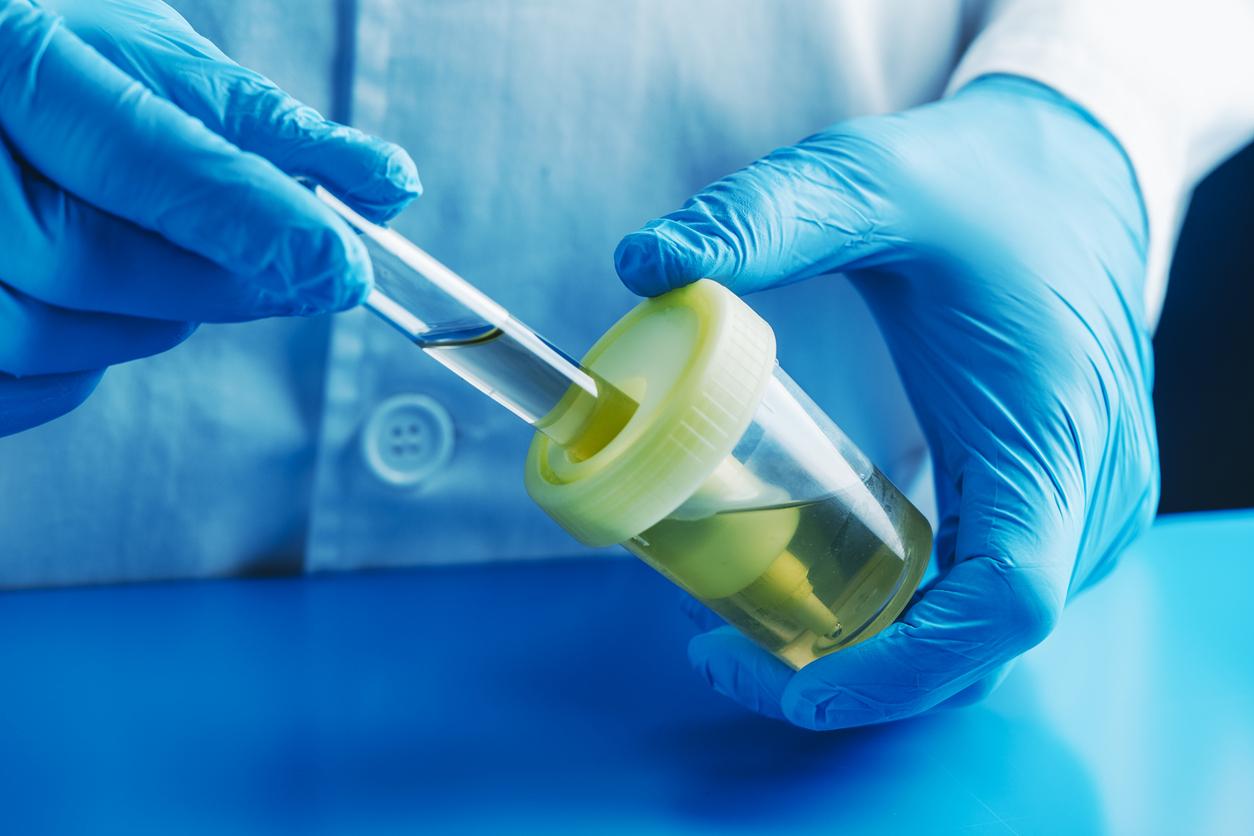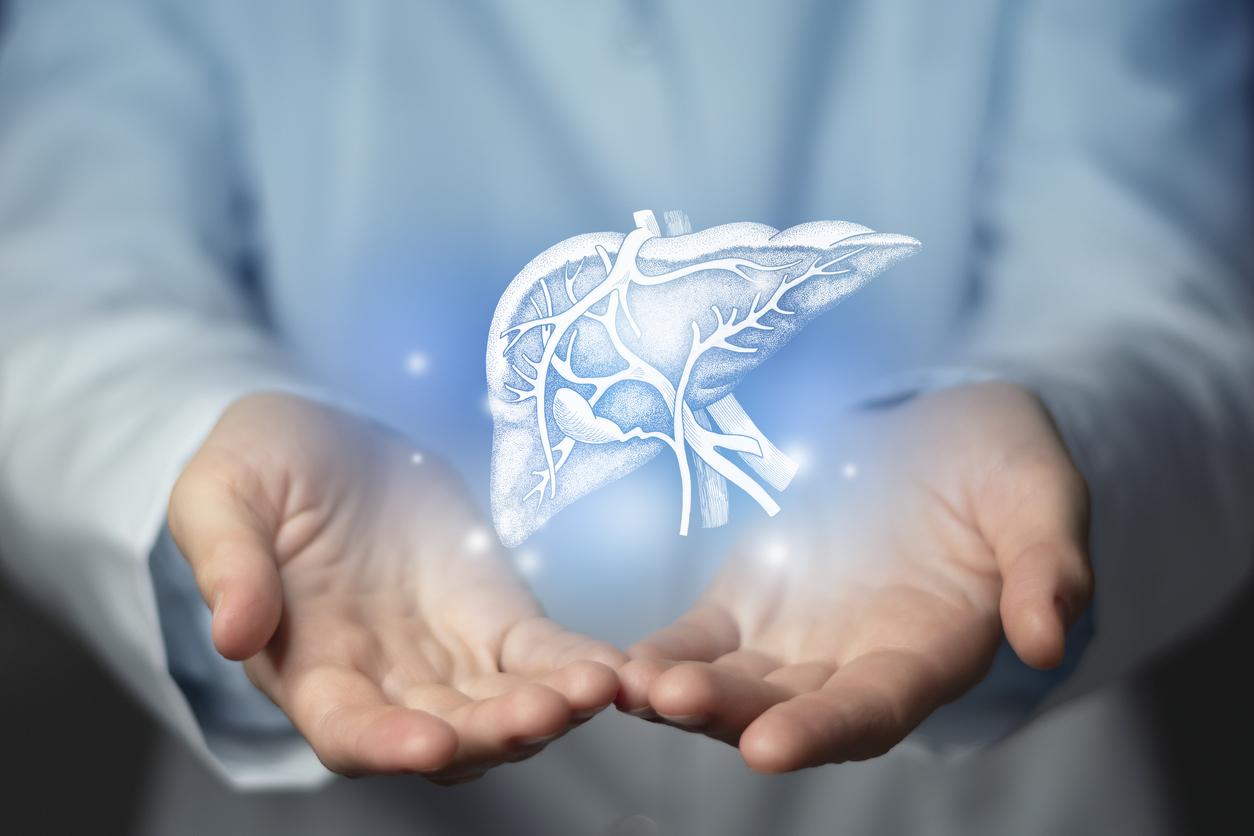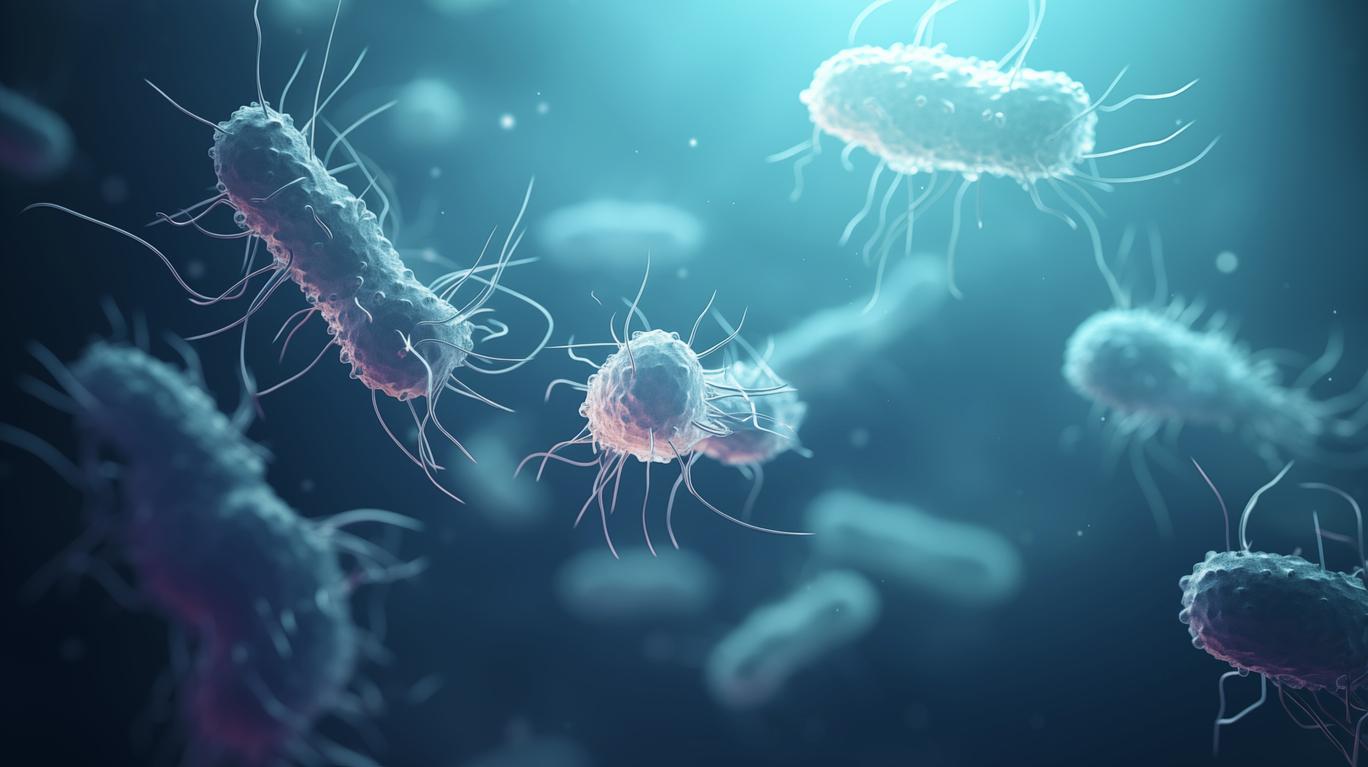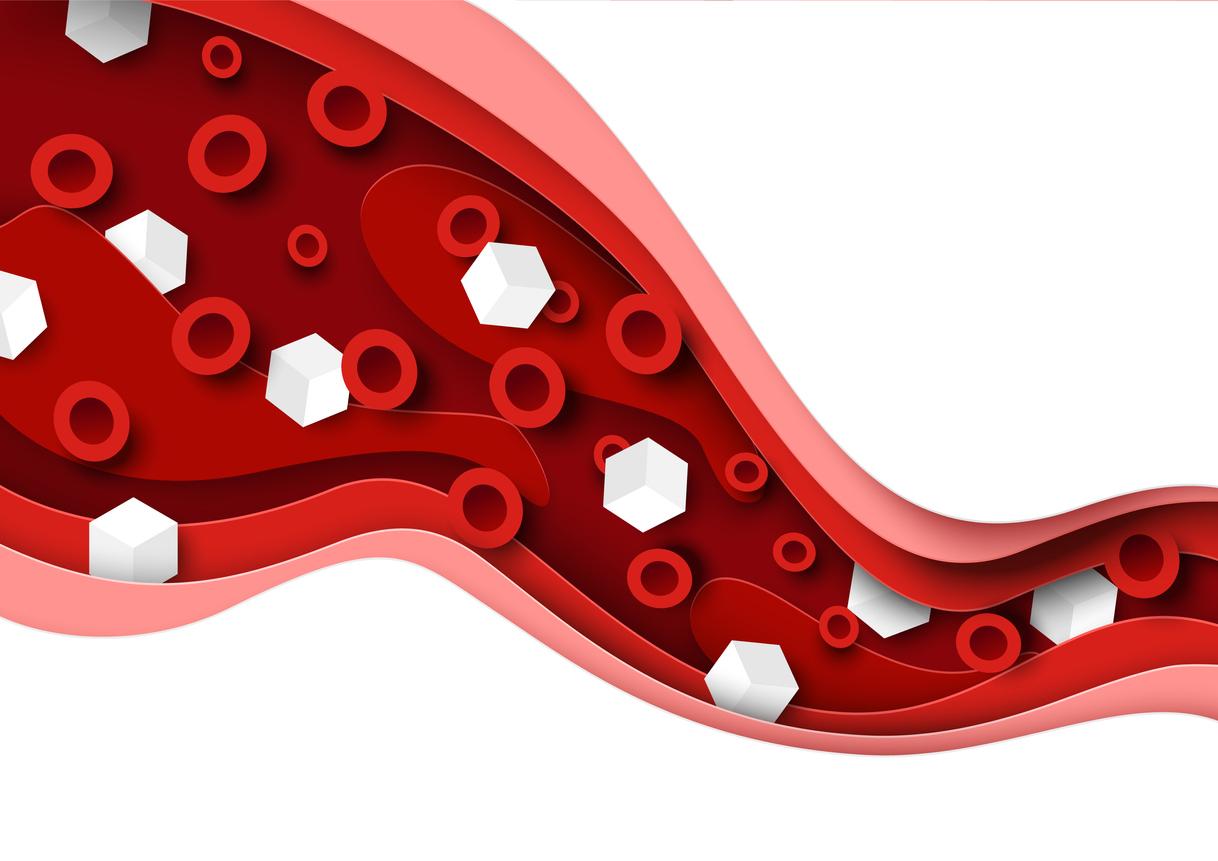Faced with degenerative, chronic diseases or certain cancers, so-called innovative drugs appear as a hope. And in the category of these so-called biotechnological medicines, there are biomedicines whose active substances come from living organisms.

- Biomedicines have active substances from living organisms
- An envelope of 500 million euros over 5 years is devoted in France to the development of drugs
- These drugs could help cure patients with certain chronic diseases
Pharmaceutical innovation today takes place under the sign of bioproduction. Almost 30 years ago, the first biomedicine was marketed. In 2017, four out of 10 new medicines were biologics. To benefit from this name, the active substance of the biomedicine, or biological medicine, must be a biological substance. In other words, it must come from living organisms. It can be plants or bacteria, but it can also come from humans, thanks to derivatives of blood and plasma.
Another characteristic, a biomedicine is generally degraded by the digestive tract and it turns out to be biodegradable in the environment. A significant point when we know the growing threat — underlined by the OECD — what are drug residues for the environment. Due to the complexity of their development, biomedicines cannot be given generics. Indeed, unlike chemical drugs, it seems impossible to prove that biomedicines are a true copy of the original active ingredient. Nevertheless, it is possible to manufacture biosimilar medicines.
A challenge for France
The country has accumulated a considerable delay in terms of biomedicines. Apart from vaccines, French bioproduction has lost competitiveness, if only on a European scale. The academic fabric is particularly solid, but the country suffers from its industrial network. “France seems tired of investing in areas that are not the most profitable industrially. Our pharmaceutical industries are very chemical and not very organic…”, regrets Hervé Watier. professor at the François-Rabelais University of Tours and practitioner in immunology. The man who is also coordinator of the “MAbImprove” laboratory of excellence and of the “ARD 2020 Biomedicines” program of the Centre-Val de Loire region closely follows the evolution of bioproduction. “This requires very large investments”he adds.
It must be said that the challenge is daunting: as recalled the National Academy of Pharmacy in its report “Medicines and the environment” published in 2019, France is the second largest drug consumer in Europe, behind Germany. In France, vaccines represent the main bioproduction activity with 60% of jobs. Nearly 32 bioproduction sites are located in the country.
Biomedicines in the world according to
Just over 170 biomedicines are marketed in France. Moreover, in the search for a treatment against Covid, most of the tests carried out to date revolve around biomedicines, much more than chemistry. “Part of the solution will no doubt be biomedicinal”emphasizes Hervé Watier.
The success is real, however it is not a question of replacing chemical medicines with biomedicines. “Chemical drugs will continue to work, the two types are complementary”, insists the professor. Complementary, of course, but very different in their production, which requires training to meet the challenges. Indeed, bioproduction proves to be much more complex than the production of medicinal products derived from chemistry. “We are starting to set up courses on the subject, but biomedicines do not yet fully have their place in universities”observes the researcher.
Trying to catch up, France therefore signed a strategic contract for the health industries and technologies sector in February 2019. This coordinated policy benefits from an envelope of 500 million euros over 5 years in order to promote industrialization. and create a network of start-ups and SMEs. But everything remains to be done. “The injection of money by the State is a good thing, but for the moment, the academies which are our strength, have not seen the color of it”, notes Hervé Watier. He adds : “No call for tenders has been made and no one really knows who decides. One thing is certain, on the ground, the actors say they are ready to be involved in this new strategic contract.
European investments
These biomedicines belong to a broader category, that of innovative medicines. If a consensus has not been fully found in the academic world, the government has decided, and bioproduction belongs to innovative therapies. Advanced therapy drugs include gene therapy, somatic cell therapy, tissue engineering or even the famous biomedicines. The goal is to cure certain pathologies, when chemical drugs generally make it possible to treat and live with a chronic disease, for example, in better health.
Faced with this medical turning point, the European Commission and the Efpia (European Federation of Pharmaceutical Industries and Associations) launched, in 2008, the initiative for innovative medicines, also called IMI (Innovative Medicines Initiative). After a first component for the period 2008-2013, the program has benefited from an envelope of 3.3 billion euros for the period 2014-2020. The largest public-private partnership in the world in the field of life sciences. Indeed, the initiative is based on collaborations between research centres, universities, drug companies, patient associations and health authorities. More than a hundred research projects have been developed since the start of the program.
Last March, in the midst of a health crisis, the European Commission announced funding of 45 million euros as part of the accelerated call for research proposals around IMIs. New European objective: respond to the Covid-19 epidemic through innovative medicines.
Subject produced from the LMEEM file “100 questions about medicine”
Find below the LEEM sheets on the themes: “‘Is France in the bioproduction race” and “The initiative for innovative medicines, what objectives?”
https://www.leem.org/100-questions/la-france-est-elle-dans-la-course-de-la-bioproduction
https://www.leem.org/100-questions/linitiative-pour-les-medicaments-innovants-imi-what-objectives
.

















